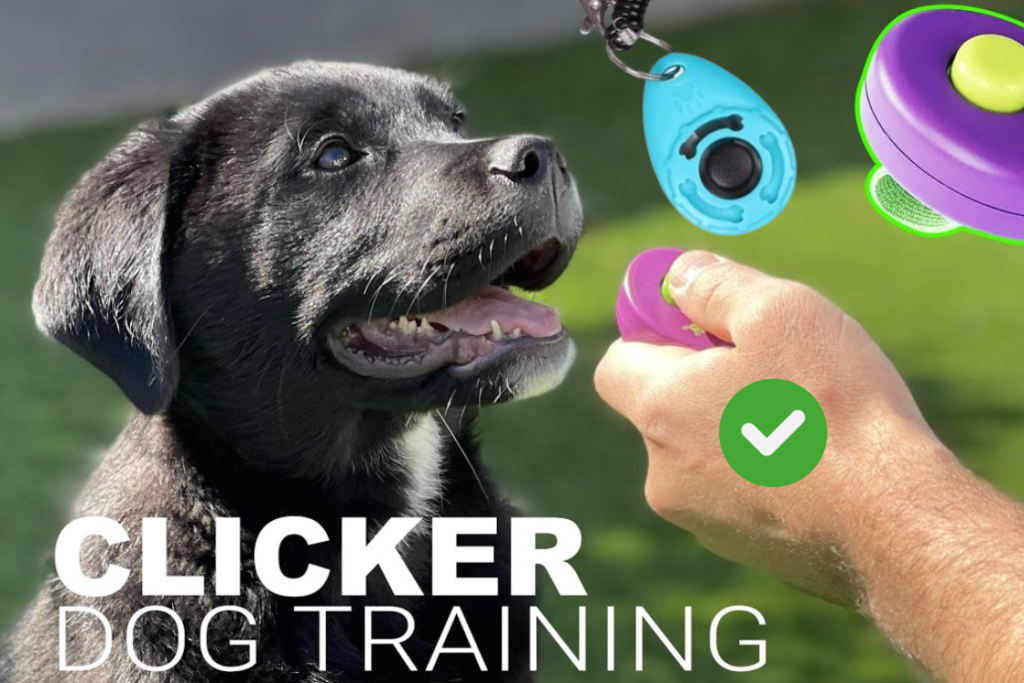
Your dog sees you—or any visitor—as the most exciting thing in the world. Before you can react, they’re leaping up, tail wagging, paws reaching for attention.
But this isn’t just random excitement—jumping is a natural behavior rooted in their instincts and past experiences.
The Three Main Reasons Dogs Jump:

- Excitement and Attention-Seeking – Jumping is a way for dogs to express enthusiasm. They’re simply trying to say, “I’m so happy you’re here!”
- Natural Greeting Instincts – In the wild, puppies jump up to lick their mother’s face as a sign of affection and bonding. Many dogs carry this instinct into adulthood.
- Reinforced Behavior – If a dog receives attention—whether positive or negative—when they jump, they learn that jumping gets a reaction, making them more likely to do it again.
While this behavior is rooted in excitement, it can be overwhelming or even unsafe—especially for children, elderly guests, or anyone who doesn’t want a pair of muddy paws on their clothes. Thankfully, with the right training, you can teach your dog to greet people in a calmer, more polite way.
1. Ignore the Jumping

One of the simplest and most effective ways to stop jumping is to remove what your dog wants most—your attention.
How It Works:
- When your dog jumps, immediately turn your back, avoid eye contact, and say nothing.
- Do not push them down, as this can feel like play and encourage more jumping.
- The moment all four paws are on the ground, turn around and reward them with attention.
Dogs jump because they want interaction. If jumping results in no response, while calm behavior brings attention, your dog will quickly learn that jumping doesn’t work.
Pro Tip:
Make sure everyone in your household and any visitors follow this rule. If even one person rewards the jumping with attention, the habit will be harder to break.
2. Teach “Sit” as a Greeting

Dogs often jump because they don’t know how else to express excitement. Teaching them to sit instead provides them with a clear, alternative behavior that gets them what they want—your attention.
How to Train It:
- Each time you or a guest enters, ask your dog to sit immediately.
- If they remain seated, reward them with praise, treats, or petting.
- If they start to jump, remove attention (turn away) and wait for them to sit again.
- Be consistent—only reward calm, seated behavior.
Why It Works:
Dogs repeat behaviors that are reinforced. If sitting becomes the go-to behavior for getting attention, jumping will naturally decrease over time.
Pro Tip:
Practice with different people and in various situations so your dog learns to sit, no matter who enters the house.
3. Use a Leash for Controlled Greetings

If your dog struggles with self-control, a leash can help manage the situation while reinforcing calm behavior.
A 360° Tangle-Free Retractable Dog Leash is a great option, allowing you to maintain control without sudden jerks or tangles, making training sessions smoother and stress-free.
How to Use It:
- Before guests arrive, put your dog on a short leash.
- Stand on the leash if necessary to physically prevent jumping.
- Ask your dog to sit before allowing any interaction.
- Once they remain seated, reward them with praise and allow the guest to greet them.
Why It Works:
The leash helps control movement, ensuring your dog doesn’t get the chance to practice jumping. Over time, they will learn that sitting calmly is the key to greeting people.
4. Reward for Keeping Paws on The Floor

Dogs repeat behaviors that get rewarded. If you consistently reinforce keeping all four paws on the ground, your dog will start to default to this behavior.
How to Reinforce It:
- Any time your dog greets you without jumping, immediately reward them with treats, praise, or petting.
- If they jump, ignore them or turn away.
- You can also toss treats on the floor when someone enters—this encourages your dog to stay down and associate greetings with keeping paws on the ground.
Why It Works:
Dogs quickly associate behaviors with outcomes. If jumping leads to nothing, while standing calmly leads to rewards, they’ll choose the behavior that gets them what they want.
Pro Tip:
Have treats handy when training. Greenies Pill Pockets Dog Treats are a perfect choice—especially if your dog is a picky eater. Made with real peanut butter and natural ingredients.
5. Exercise Before Greetings

Many dogs jump out of sheer excitement or excess energy. A dog that’s already tired from exercise is less likely to jump.
How to Use This Strategy:
- Take your dog for a walk or play an active game (like fetch) before guests arrive, and use an Automatic Dog Ball Launcher to make playtime effortless and help burn off excess energy.
- Engage in mental stimulation (such as training or puzzle toys) to help them stay focused and calm.
- If you expect visitors, give your dog something to do (like a chew toy, such as Benebone Dog Chew Toy) before they arrive to help keep them occupied.
Why It Works:
A dog that has already burned off excess energy will be more relaxed and less likely to jump out of uncontrollable excitement.
Pro Tip:
If your dog tends to be overly excitable in general, consider increasing their daily exercise routine to help manage their energy levels.
6. Ensure Same Behavior from All Visitors

If your dog is confused about how to greet guests, it’s likely because different people react in different ways. Some might unknowingly reward jumping by giving attention, while others ignore it.
To help your dog learn the proper greeting behavior, ensure that all visitors respond in the same way—consistency is key.
How to Achieve Consistency with Guests:
- Ask guests to ignore jumping by turning their backs and withholding attention until your dog calms down.
- Encourage calm behavior by asking your guests to reward your dog only when all four paws are on the ground.
- Repetition is crucial—the more consistent the response, the faster your dog will understand what behavior is desired.
Why It Works:
Dogs learn through repetition. When every person reinforces calm behavior, your dog will gradually begin to associate quiet greetings with positive rewards, and jumping will become less appealing.
7. Use a Dog Barrier

If your dog is highly excitable and struggles with self-control, you can use a dog barrier, like the Wooden Foldable Pet Gate for Dogs or keep your dog in a separate room when guests arrive.
How to Implement This:
- Only allow them to greet people once they are calm.
- You can also use a crate if your dog is crate-trained, letting them out only when they are relaxed.
Why It Works:
By removing immediate access, you prevent jumping before it happens. This gives your dog a chance to settle down before engaging with guests.
Pro Tip:
Once your dog consistently greets people calmly from behind the barrier, you can start allowing them to greet guests without it.
Consistency and Patience Are Key

Stopping your dog from jumping on people doesn’t require punishment—just patience, consistency, and the right techniques.
The most important thing is consistency. Every family member, visitor, and friend must follow the same rules. The more your dog practices calm and controlled greetings, the faster they’ll learn that keeping all four paws on the ground is the best way to get attention.
Start today, and soon your dog will be the perfect greeter you’ve always wanted!

If you find that your dog’s behavior isn’t improving despite your best efforts, it may be time to seek additional guidance. You can look for a local dog trainer who specializes in behavior issues, or explore online options like Doggy Dan’s Online Dog Trainer. With over a decade of experience, Doggy Dan’s program provides step-by-step lessons that can help address reactivity and other behavior issues.
Whether you choose in-person or online support, staying consistent and dedicated to your dog’s training will lead to a happier, safer companion.


